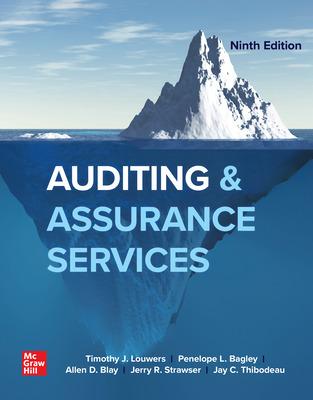Question
John is a medical device distributor in Nevada and runs his business as a sole proprietor. He therefore pays taxes on his business income as
John is a medical device distributor in Nevada and runs his business as a sole proprietor. He therefore pays taxes on his business income as part of his individual income tax filing. Currently his effective tax rate is 37.9% (35% federal income tax rate plus 2.9% Medicare tax rate there is no state income tax in Nevada which is why he moved there from California). He has recently been made aware of a new technology that can be used during surgery that more effectively controls blood loss. Deployment of this technology would require purchasing additional equipment and employing a couple of technicians to use the equipment at local hospitals. He is seeking your advice on whether he should adopt this technology from a financial perspective. The initial investment in the equipment would be $900,000. The machine would operate for eight years, after which the machine would be worthless and John is expecting to retire. In each of those eight years, he expects to generate revenue of $900,000 and have an operating margin of 19% (employee expenses and materials would run 81% per year). He would depreciate the machine for tax purposes using straight-line depreciation over the eight years. There would also be an initial investment in working capital of $135,000 which would be fully recovered at the end of the eighth year.
-
If John makes this investment, he will use money currently invested in tax free municipal bonds expected to annually yield 5% for the foreseeable future. His taxable income would be taxed as individual income, currently at a tax rate of 37.9%. If 5% is his annual opportunity cost of capital, should John invest in the new technology? Show all calculations.
-
John's taxable income from his other operations is currently $400,000 per year and is expected to stay that amount for the next eight years. Based upon your answer to part (a) and using his 5% opportunity cost of capital, what is the present value of John's federal taxes over the next eight years? (15)
Step by Step Solution
There are 3 Steps involved in it
Step: 1

Get Instant Access to Expert-Tailored Solutions
See step-by-step solutions with expert insights and AI powered tools for academic success
Step: 2

Step: 3

Ace Your Homework with AI
Get the answers you need in no time with our AI-driven, step-by-step assistance
Get Started


